You are here
Rabat-i Malik caravanserai.


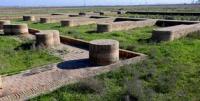
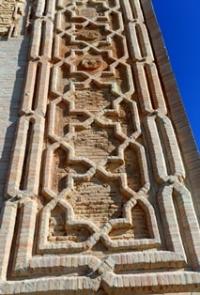
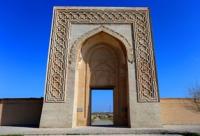
Historical and cultural places of interest of Bukhara province.
“People usually feel funny, smile and laugh when I tell them
about my strong belief in the very existence of prehistoric
advanced technology and great civilizations of wilier races.
I just can't wait to see their faces at time the truth is revealed”
Toba Beta.
Bukhara monuments sights tour.
Caravanserai Rabat-i Malik (Tsarskiy rabat) is located 470 meters north of the highway (M-37) Navoi - Bukhara, 3.1 kilometers west and slightly south of the village of Rabat Malik, 18.1 kilometers west and a little north of the city of Navoi in the Karmaninsky district of the Navoi region.
Rabat-i Malik (Tsar's Rabat) is one of the largest architectural structures, located far from the Great Silk Road, connecting the Middle East and China. Special value in the military and spiritual development of Central Asia was played by rebates (ribats) - stations for horse guards in the border zones, fortresses for the Gazians - fighters for the faith.
But with the assertion of Islam, the value of Rabat in the military sense was gradually lost, and the fortress was used as a hotel, a caravanserai, or turned into a monastery of religious ascetics - the khanaki.
From this point of view, Rabat-i-Malik is a religious monument. It is located in the steppe, between the two oldest cities of Central Asia - Bukhara and Samarkand, 18 - 20 km from the city Kermin.
There are several legends about the origin of Rabat and Malik among the local population even now.
According to one of them, Rabat-i Malik was built by the leader of one of the tribes - Malikhan, at the command of God, received during sleep. Malik Khan, according to another legend, was a robber, robbed in the vicinity, had a reputation for the thunder of these places.
According to recorded in 1975 N.B. The German legend of one of the native Aborigines, Malik Khan, the builder of the Rabat, is already seen as a victim: he was blinded by Genghis Khan for disobedience during the Mongol invasion.
The area where Rabat Malik is located is called Chul-i Malik (Tsarskaya Steppe). Near the last century was located the village of Malik. Currently, Rabat-i Malik is almost completely lost. Only the lonely portal rises in the flat steppe. And even the name of the monument, which the local population already calls the Bukhara gate, is changing.
In just over a hundred years, it took the ruins of a monumental, majestic building with a richly decorated facade, fixed in the steppe in the 40s of the last century, to be almost completely destroyed.
The first travel notes, descriptions and sketches of the last century show that Rabat-e Malik was then actually destroyed, but, in comparison with the present days, it was preserved in a more complete form. In the sketch of A. Lemon, who visited here in 1841 - 1842, there is valuable information.
The picture captured the most spectacular part of the monument - the main facade with a portal in the center and guldasta towers in the corners that were whole at that time. Now, except for the portal Rabat-i Malik, nothing has been preserved.
But in the testimony of A. Lemon, published by I.I. Umnyakov (II Umnyakov, 1927, p. 181) and almost simultaneously with B.N. Zasypkin (B.N. Zasypkin, 1928, p. 214), describes the yard part of Rabat-i-Malik, which is now completely absent.
We bring it: "Through the gate with a gothic vault of a very massive structure, you can penetrate inside the fortress. Here lie ruins on each other, piles of stones, for which you can only guess what they were before.
Located right behind the entrance, narrow, parallel arched galleries resembling horse stalls are sprawling on either side. Then you can get into a fairly extensive yard, from where a narrow passage leads to the main room.
This latter forms a large independent round building, on the inner walls of which massive Gothic columns are located, the last ones preserved quite well and variously decorated with relief arabesques, they bore a dome with high arches of this rotunda, which now collapsed and covered the floor with large and small debris.
Since there were no windows in the walls, the light had to fall from above. In the background of this large hall is a small door leading into the last room, from which you are currently entering a large fruit garden. ”
Rabat-i-Malik is also popular because it was considered one of the few structures in Central Asia, the construction time of which is precisely established.
V.V. Bartold and later I.I. Umnyakov were considered undoubted that the information from Kitabi Mullozade (first half of the XVIth century), as well as the additions in the margins of this manuscript about the construction of the Karakhanid ruler Nasr Shems al-Mulk in 471 AH (1078 - 1079) The Tsarist Rabat refers to Rabat-i-Malik in the steppe near Kermine.
Geographic coordinates of the Rabat-i Malik caravanserai: N40 ° 07'23.24 "E65 ° 08'53.40"
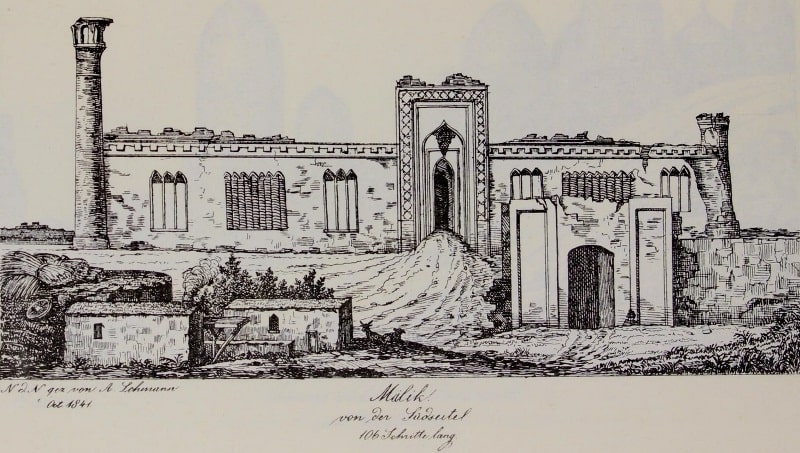
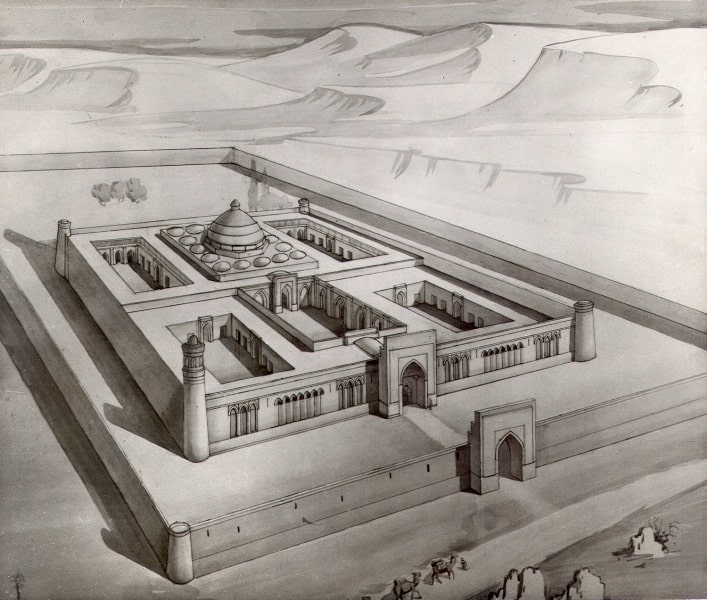
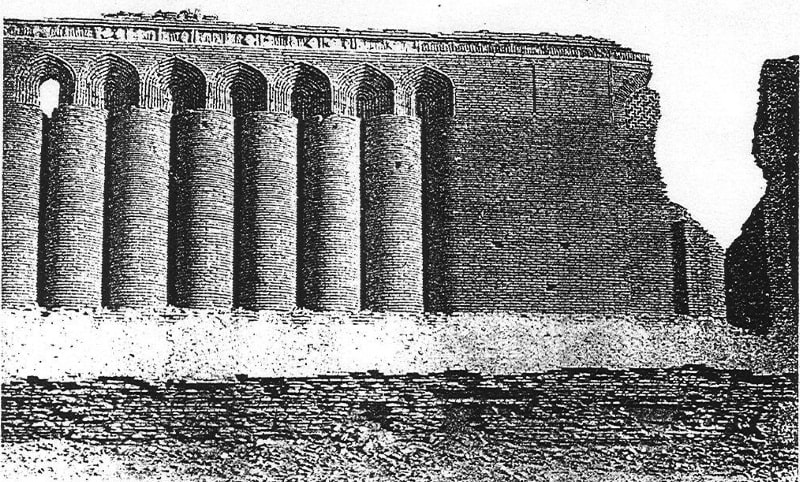
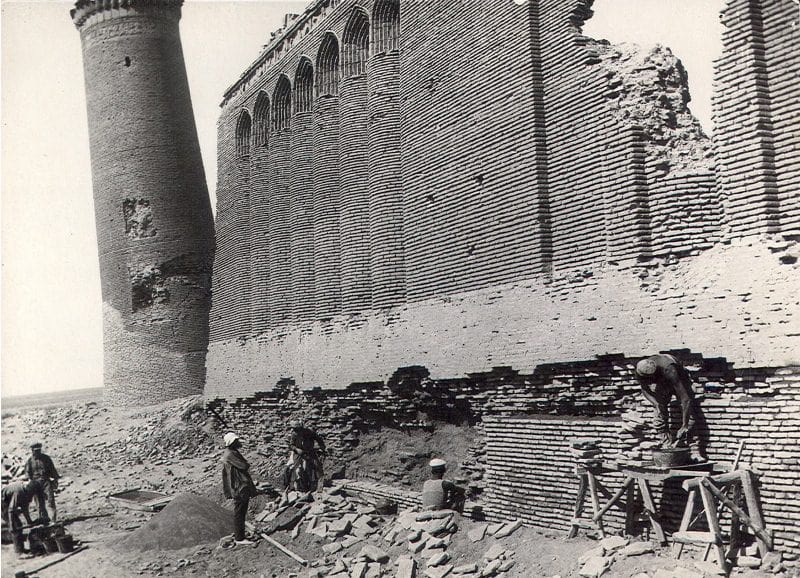



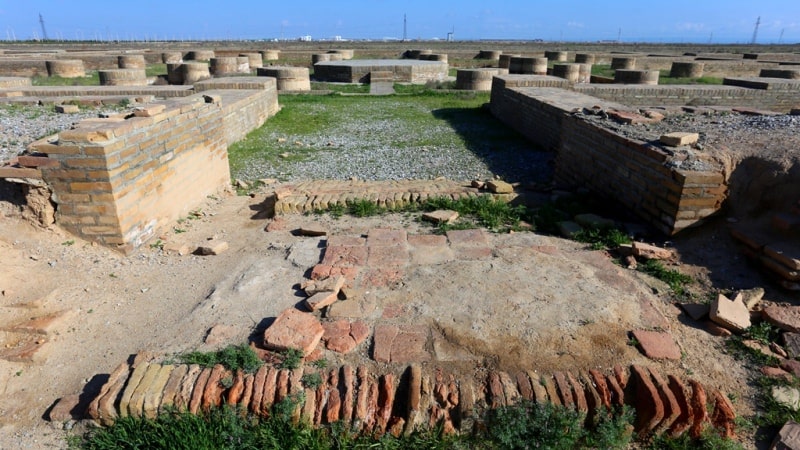

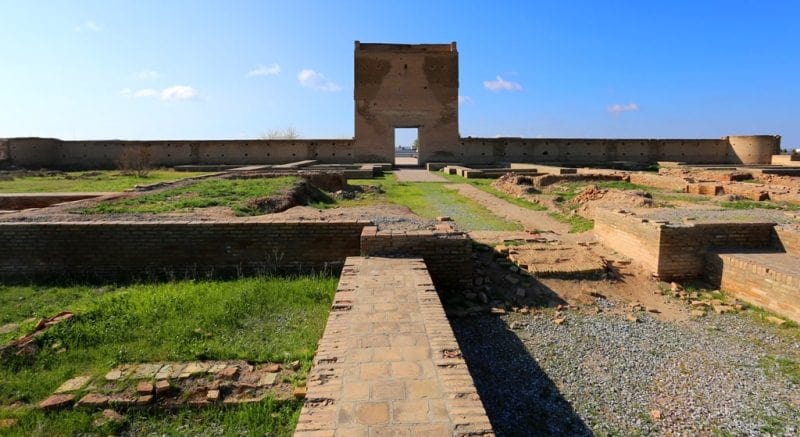
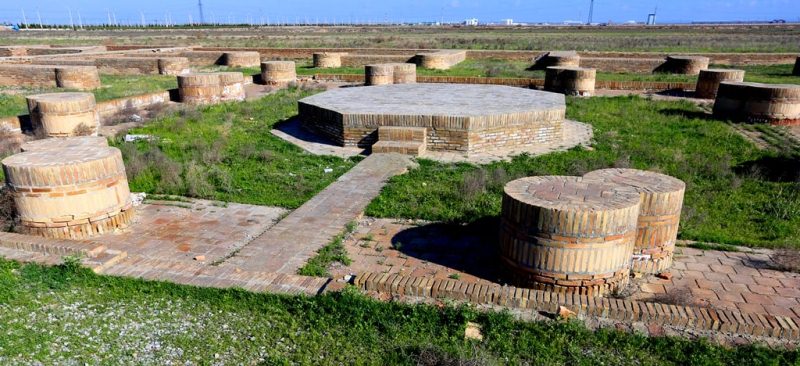
Authority:
V.G Saakov «History of Bukhara». Publishing house "Shark", 1996. «Bukhara. Masterpieces of the Central Asia». The historical guidebook across Bukhara. 2012. "Bukhoro. Bukhara" In the Uzbek, English and Russian languages.
Photos by
Alexander Petrov







